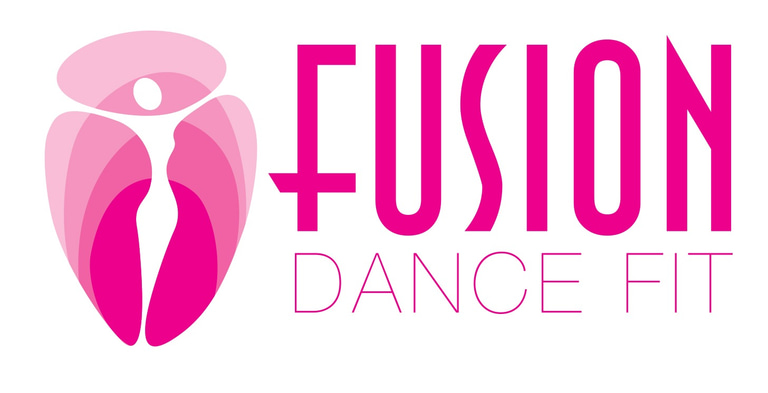What is Pilates
I get asked this all the time so thought I would explain
10/7/20251 min read
Pilates is a form of low-impact exercise that focuses on strength, flexibility, posture, and body awareness. It was developed by Joseph Pilates in the early 20th century and has become a popular fitness method worldwide — often used for both general fitness and rehabilitation.
🧠 Core Principles
Pilates is built around six key principles:
Concentration – Mind-body connection; focusing on each movement.
Control – Performing movements with precision, not momentum.
Centering – Engaging the “powerhouse” (core muscles).
Flow – Smooth, graceful transitions between movements.
Precision – Attention to detail in form and alignment.
Breathing – Coordinated breath to enhance movement and relaxation.
💪 Main Benefits
Improves posture and spinal alignment
Strengthens core muscles (abs, back, hips, glutes)
Enhances flexibility and balance
Reduces risk of injury
Increases body awareness and coordination
Supports rehabilitation (especially for back pain and joint issues)
Promotes relaxation and stress relief
🧍 Types of Pilates
Mat Pilates
Done on a mat with body weight as resistance.
Focuses on core strength, flexibility, and control.
Reformer Pilates
Uses a Reformer machine (with springs, pulleys, and straps).
Adds resistance to improve strength, alignment, and muscle tone.
Contemporary or Clinical Pilates
Modern adaptations combining traditional Pilates with physiotherapy or other movement sciences.
Commonly used in injury rehab settings.
⚙️ Common Equipment
Mat
Reformer
Magic Circle (Pilates ring)
Stability ball
Foam roller
Resistance bands
🕓 Typical Session
A session usually lasts 45–60 minutes and includes:
Warm-up (breathing + alignment)
Core strengthening and flexibility exercises
Cool-down and stretching
Fitness
Join our weekly classes to achieve your fitness goals.
Classes
Zumba - PILATES - POUNDFIT
chloe@fusiondancefit.co.uk
© 2025. All rights reserved.
TEL - +447976934782
